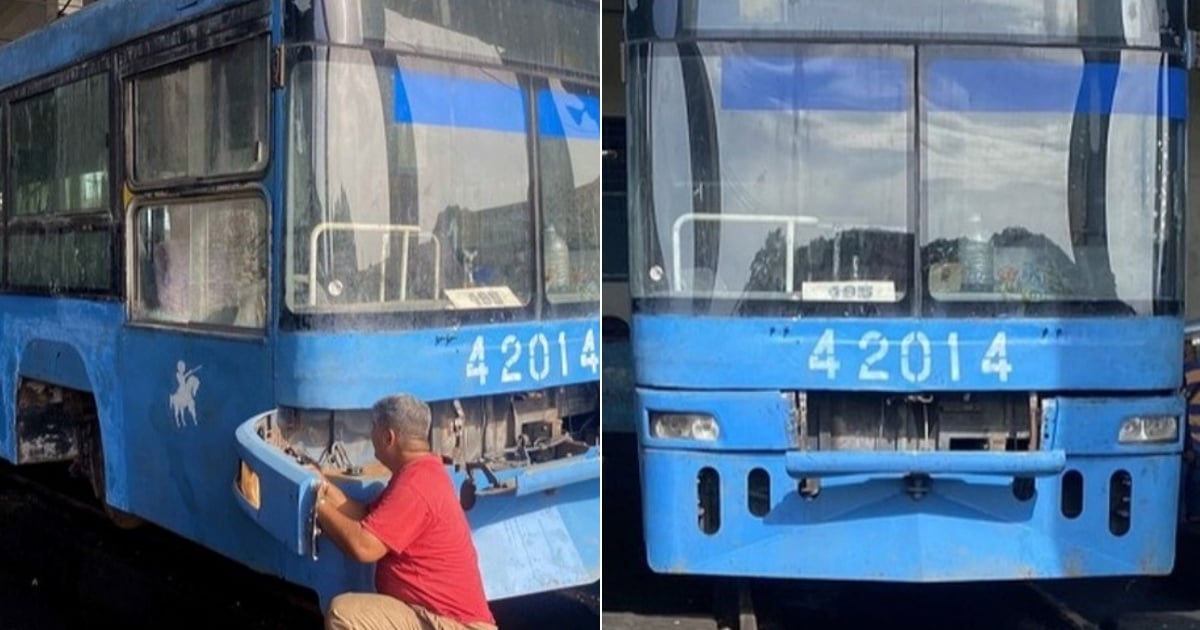Workers from the Empresa de Transporte and the Unidad Empresarial de Base (UEB) Talleres Ferroviarios de Camagüey are set to launch the first Yutong-brand railbus in Cuba. The railbus will have a capacity for 36 seated passengers and 25 standing, benefiting 12 communities located between the municipalities of Santa Cruz del Sur and Vertientes, according to the local newspaper Ahora.
The Yutong vehicle was brought to Camagüey from Havana to serve urban transport needs. However, due to missing components and the severe transportation crisis affecting the entire country, it was decided to convert it for rail use. Modifications included adding a buffer, a sandbox, railway wheels, and other necessary fittings for rail travel, while the bus's motor and transmission were retained.
Similar transformations have been done in the past with Diana buses, but the conversion of Yutong buses is more complex due to their size, which is approximately 12 meters in length, as detailed by the source. Carlos Sanz Guerra, a retired railway specialist, explained that the conversion began in 2020 but had to be paused due to the COVID-19 pandemic and shortages of acetylene and various vehicle parts.
Currently, the team, which includes mechanics, welders, bodyworkers, blacksmiths, and electricians, is finalizing the electrical components to ensure the vehicle can operate in both directions. Additional tests are being conducted to prepare for its debut on June 28th, in celebration of Transport Workers' Day. Sanz Guerra suggested naming the vehicle "El Mayor" in honor of Ignacio Agramonte Loynaz.
While the technical transformation of the vehicle is being hailed as a success, it is, in reality, a dramatic consequence of the crisis that has rendered the bus fleet in Camagüey virtually inoperative. Last year, the Empresa Provincial de Transporte de Camagüey revealed that the bus fleet was operating at only 35% capacity due to fuel and spare parts shortages.
Yutong Railbus in Cuba: Key Questions Answered
This section addresses some of the most pressing questions about the introduction of the Yutong railbus in Cuba, its impact, and the broader context of the transportation crisis in the country.
What is the capacity of the Yutong railbus?
The Yutong railbus can accommodate 36 seated passengers and 25 standing passengers.
Why was the Yutong vehicle converted for rail use?
The vehicle was converted due to missing components and a severe transportation crisis in Cuba, which necessitated innovative solutions to maintain mobility.
Who proposed the name "El Mayor" for the railbus?
Carlos Sanz Guerra, a retired railway specialist, suggested the name to honor Ignacio Agramonte Loynaz.
